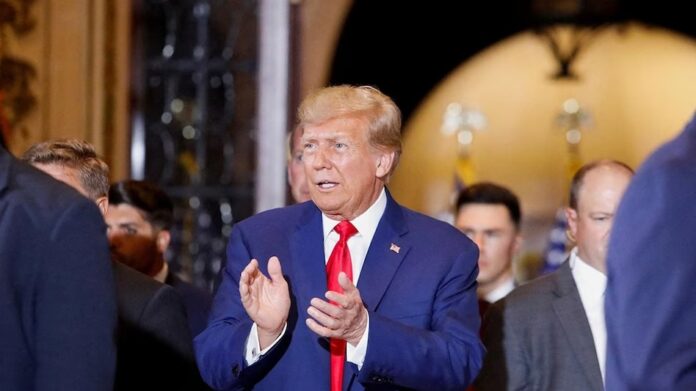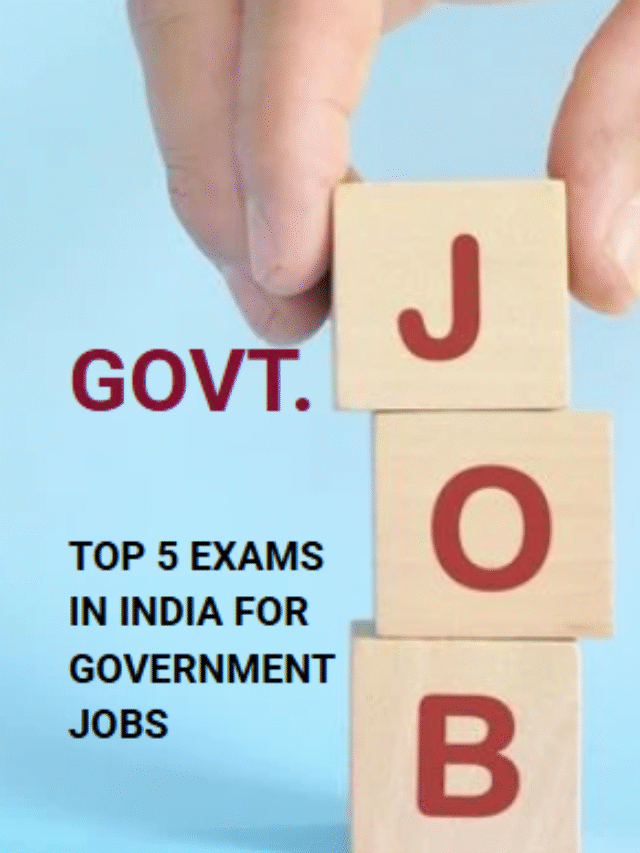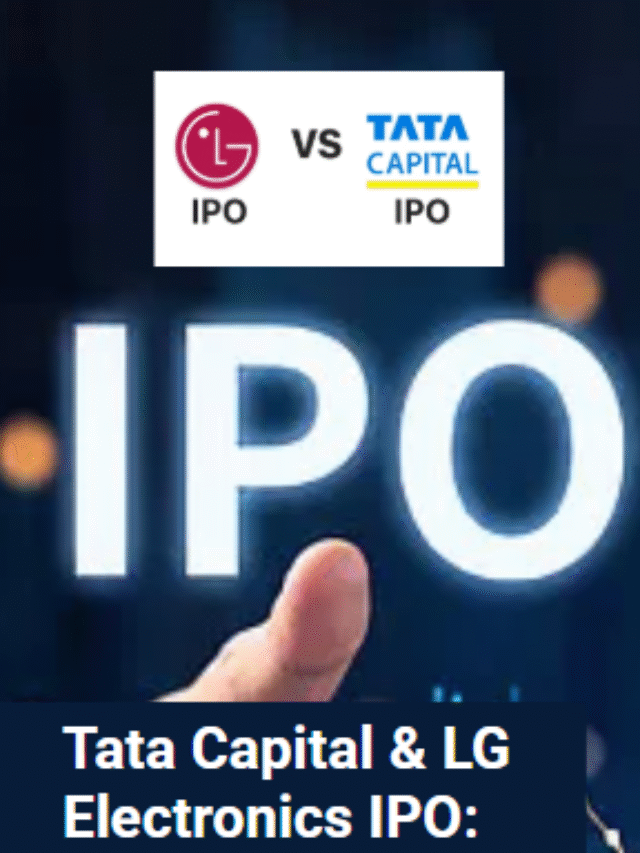In a bold move set to reshape U.S. immigration policy, former President Donald Trump is preparing to sign a new proclamation that could have far-reaching consequences for foreign skilled workers, particularly in the technology sector. One of the most striking aspects of the overhaul is a proposed \$100,000 fee that employers would be required to pay for each H-1B visa application.
What’s Happening?
The H-1B visa program has long been a vital route for skilled foreign professionals, especially in fields like technology and engineering, to work in the United States. Now, the Trump administration is proposing changes to the program that would introduce a dramatic fee increase. The new \$100,000 fee would apply to each H-1B application submitted, creating potential financial hurdles for companies that rely on the program to fill skilled positions.
The Fee Structure
Under the current system, employers must pay several fees for H-1B visa applications:
- \$215 for lottery registration
- \$780 for Form I-129 petition
However, with the proposed changes, the new fee would be a staggering \$100,000 per application. While it’s still unclear whether this fee would replace existing charges or be an additional cost, the potential impact is substantial for both employers and applicants.
Entry Restrictions
The proposed changes stipulate that employers must pay the new fee for their H-1B applications to be considered. Without payment, entry under the H-1B program would be blocked, meaning that employers who do not comply with the new fee structure could face difficulties in hiring skilled foreign workers.
Why the Change?
The Trump administration argues that the current system allows companies to exploit the H-1B visa program by replacing American workers with lower-paid foreign labor. The administration’s concerns focus on the following:
- H-1B visas are said to undercut wages in certain industries.
- The program is seen as discouraging American workers from pursuing careers in fields like STEM (Science, Technology, Engineering, and Mathematics).
- The move is also framed as a national security concern, as the administration asserts that reliance on foreign workers could affect U.S. economic and technological security.
Impact on the Tech Industry
The U.S. tech sector is one of the biggest users of the H-1B program. Companies such as Amazon, Microsoft, and Meta rely heavily on foreign talent to fill roles in software development, engineering, and data science. For instance:
- Amazon had over 10,000 H-1B approvals in 2025.
- Microsoft and Meta each approved more than 5,000 H-1B visas.
With the introduction of the \$100,000 fee, these tech giants may face increased hiring costs. This could result in companies taking measures such as:
- Investing more in domestic workforce training to reduce dependence on foreign labor.
- Potentially shifting operations offshore to cut costs.
Market Reaction
Shares of companies that rely heavily on H-1B visas, such as Cognizant, experienced a sharp decline in value after the announcement. Cognizant, an IT services firm, saw its stock price drop by over 5%, reflecting investor concerns about the financial implications of the new fee.
Revisions to Wage Rules
In addition to the new fees, Trump is also pushing for changes to prevailing wage rules. The goal is to ensure that H-1B workers are paid comparable wages to U.S. workers in similar roles. This would address concerns that companies have been able to undercut salaries by hiring foreign labor at lower rates than their American counterparts.
Targeting System Abuse
The H-1B visa program currently grants 85,000 visas annually through a lottery system. However, critics argue that certain firms have been gaming the system by submitting large numbers of applications to secure visas for lower-paying roles. The Trump administration aims to curb such practices by limiting abuses of the lottery system and ensuring that visas are awarded to companies that genuinely need skilled labor.
Where Will the Revenue Go?
The funds collected from the new H-1B fees and other immigration-related changes will be allocated toward:
- Building new detention centers.
- Hiring thousands of immigration agents.
- Expanding the border wall, which is part of Trump’s broader immigration policy agenda.
Impact on Indian Professionals and IT Firms
India accounts for a significant portion of the H-1B visa recipients, with more than 70% of H-1B applicants coming from the country. Indian professionals, particularly those in the IT and technology sectors, could be heavily affected by the \$100,000 fee. For many Indian IT firms, the H-1B program is crucial for securing skilled talent to work on U.S.-based projects.
The impact on Indian professionals could include:
- Increased competition for the limited number of visas available, as higher fees may limit the number of applications.
- Rising costs for Indian IT firms that rely on H-1B visas to bring employees to the U.S. for project-based work.
- Potential uncertainty about the long-term viability of the H-1B program as a route for skilled Indian workers to enter the U.S. job market.
Many Indian professionals have made significant career advancements in the U.S. under the H-1B program, and these changes could limit their opportunities for career growth, especially in highly competitive tech fields.
Conclusion
President Trump’s proposed \$100,000 H-1B visa fee represents a major shift in U.S. immigration policy, particularly for tech companies and foreign workers. While it is designed to address concerns about wage suppression and national security, the potential financial burden on employers and foreign workers is undeniable. For Indian professionals and IT firms that rely on the H-1B visa to bring talent to the U.S., these changes could have significant implications. As the situation develops, both employers and employees will need to stay informed about the evolving landscape of U.S. immigration policy.







